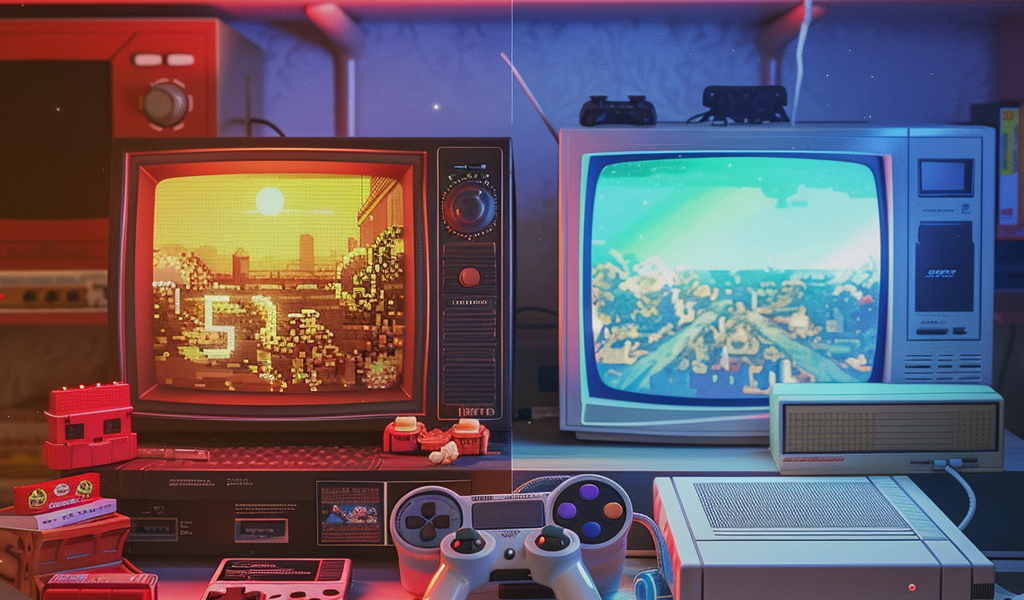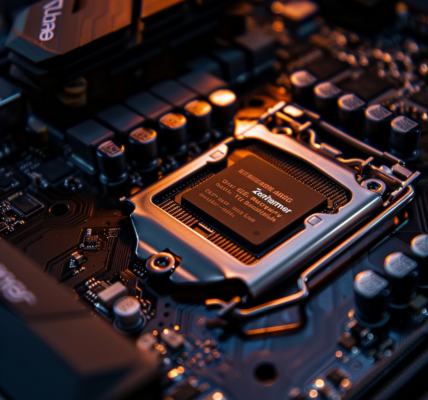Video games have become a staple of modern entertainment, yet the preservation of older titles has emerged as a significant challenge in the industry. As technology advances, many classic games are left behind, confined to outdated hardware that limits access for new players. This has led to a burgeoning interest in how these games can be revitalized for contemporary audiences, giving rise to terms like remasters and remakes. However, the gaming community often finds itself confused by these terms, prompting a closer examination of what they truly mean.
When discussing the revival of older games, three primary options exist: remakes, remasters, and re-releases. Each serves a different purpose and employs varying degrees of effort and resources. Understanding these differences can illuminate why some projects resonate with players while others feel like mere cash grabs.
To start, let’s explore the concept of remasters. A remaster typically involves taking an existing game and enhancing its visuals and performance without altering the core gameplay mechanics. This process often includes updating graphics to high-definition (HD) or even 4K resolution, refining controls, and improving the frame rate. The intent is to breathe new life into the game while preserving the original experience.
One notable example of a successful remaster is the Uncharted: Nathan Drake Collection on PlayStation 4. This collection took the beloved original games and modernized them, addressing various gameplay issues that had become apparent over time. For instance, the cover system in the original games was often criticized for being problematic, leading to frustrating gameplay moments. The remaster improved these mechanics, allowing players to enjoy the story and action without the hindrances of outdated design.
Conversely, not all remasters hit the mark. The Master Chief Collection, which aimed to remaster the original Halo games, serves as a cautionary tale. While the updated visuals and cutscenes were impressive, the remaster was plagued with technical issues and bugs that detracted from the overall experience. Many players found that despite the shinier graphics, the remaster did not deliver the quality they expected, leading to disappointment among long-time fans.
In recent years, the industry has shifted its focus, with developers like Aspyr, Blue Point, and Night Dive Studios working to revive titles that have become inaccessible. These remasters can sometimes be the best way to experience a classic game, as they address past shortcomings while honoring the original vision of the developers.
On the other hand, remakes represent a more comprehensive overhaul of a game. Unlike remasters, which focus on enhancing existing assets, remakes involve creating entirely new versions of the game from the ground up. This can include reimagining the story, redesigning characters, and even altering gameplay mechanics to better fit modern standards.
A prime example of a successful remake is Final Fantasy VII Remake, which took the beloved 1997 game and transformed it into a modern masterpiece. The remake not only updated the graphics and sound but also expanded the story and gameplay, offering a fresh experience for both newcomers and veterans of the original game. By reinterpreting the source material, the developers were able to create a title that resonated with a contemporary audience while still paying homage to its roots.
However, remakes can also be met with scrutiny, especially when they diverge too far from the original. Fans may have strong attachments to the original game, and any significant changes can lead to backlash. The challenge lies in balancing innovation with nostalgia, ensuring that the remake captures the essence of what made the original special.
Another option for reviving classic games is the re-release of the original title, often through emulation. This approach allows players to experience the game as it was originally intended, without any alterations. While this can be a great way to preserve gaming history, it may not always be accessible, particularly for titles that require specific hardware or software to play.
As the gaming industry continues to evolve, the conversation around remasters, remakes, and re-releases will likely grow. Players are increasingly interested in how their favorite titles are being preserved and updated for future generations. Understanding the distinctions between these terms can enhance appreciation for the efforts made by developers to keep classic games alive.
In summary, the landscape of video game preservation is complex and multifaceted. Remasters, remakes, and re-releases each play a unique role in bringing older titles back into the spotlight. As technology continues to advance, the challenge remains to find the right balance between innovation and nostalgia, ensuring that classic games can be enjoyed by both old fans and new players alike.





